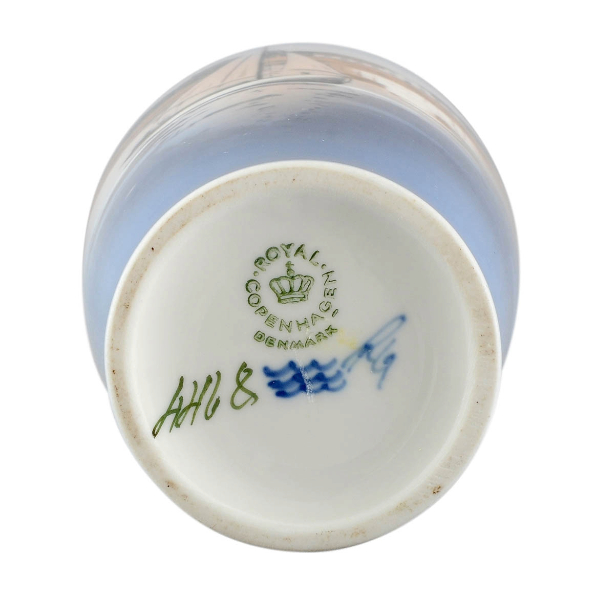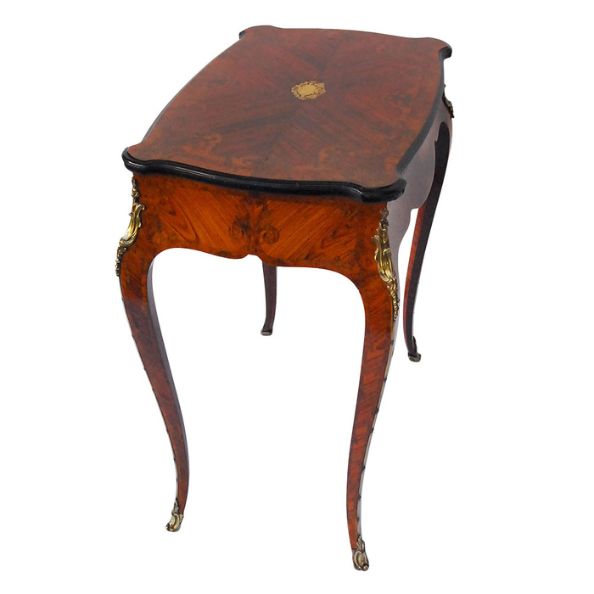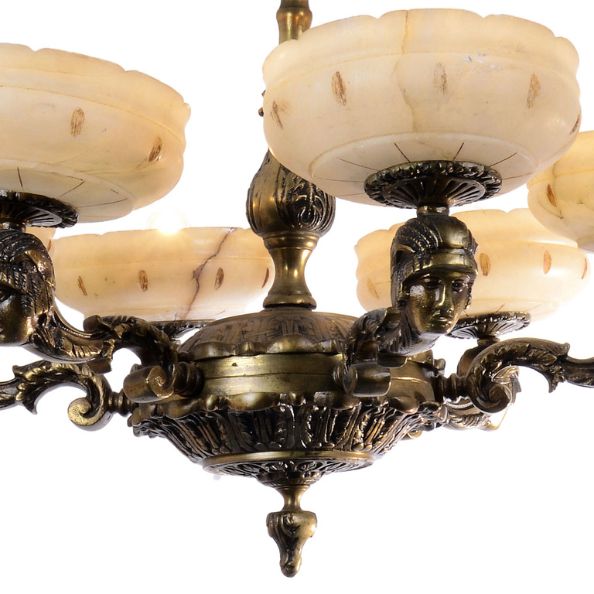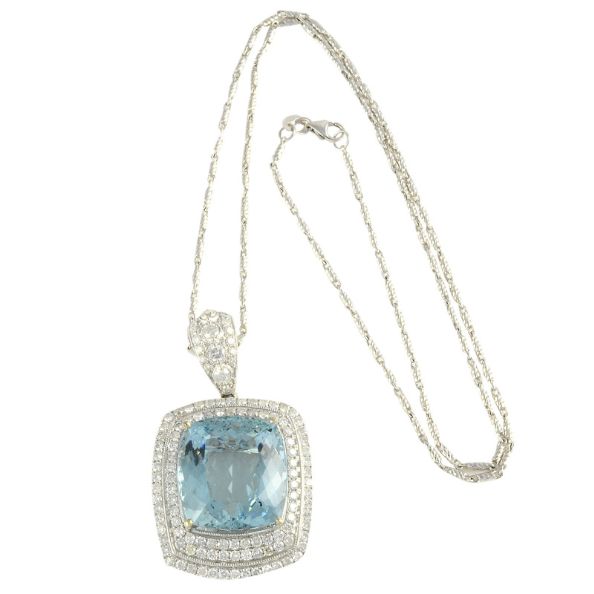How To Identify Antique and Vintage Vases

 If you’re an avid collector, a curious beginner, or someone who’s stumbled upon a hidden gem at a yard sale, knowing how to distinguish between a true antique or vintage vase and a modern reproduction can be a thrilling and useful skill. Learn some tips on how to identify antique and vintage vases.
If you’re an avid collector, a curious beginner, or someone who’s stumbled upon a hidden gem at a yard sale, knowing how to distinguish between a true antique or vintage vase and a modern reproduction can be a thrilling and useful skill. Learn some tips on how to identify antique and vintage vases.
What’s the Difference Between an Antique and a Vintage Vase?
The terms ‘antique’ and ‘vintage’ are not interchangeable. They refer to different age categories and carry distinct meanings. An antique vase is 100 years old or older, which signifies it has stood the test of time and often carries historical significance.
Vintage vases are between 50 and 99 years old. These items are neither antique nor modern. They often reflect the styles and trends of their respective eras. Anything younger than 50 years old, but not new, is usually referred to as ‘estate.’
Observe the Condition
Antique vases often exhibit minor imperfections and asymmetry, reflecting the handmade processes of yesteryear. These may include irregularities in shape, color, or pattern, which add to their unique charm.
Bubbles trapped within the material during manufacturing can also be a sign of an antique piece, as modern manufacturing techniques have largely eliminated this occurrence. Another telltale sign is the presence of smooth, polished edges. The makers of hand-blown vases often polished the edges to a smooth shine that looks more refined than the rest of the vase.
Signs of wear, such as scratches, discoloration, or faded paint, may be clues that a vase has been around for a considerable period, but they can also be faked. There’s a significant difference between natural age-related wear and damage that may devalue the item.
Check for the Maker’s Mark
Inspect your vase for a stamp, signature, or mark on the bottom or lower part. There may be a symbol or logo, sometimes with numbers, known as a maker’s mark. If you’re having difficulty identifying one, you can upload an image of the mark to an online search engine to see if it matches any known marks. Alternatively, you could look it up in a catalog or reference book.
Be aware of ‘overmarks,’ new stamps atop the original maker’s mark, often by a retailer or importer. Overmarks were common between approximately 1880 and 1930, so finding one can give you a good indication of a vase’s age. If you’re still unsure, consult an expert or an antique appraiser who can help you identify the mark and provide more information about the vase’s history and value.
Learning to identify antique and vintage vases is a skill developed over time. If you want accuracy and a realistic valuation, consult a reputable antique store or dealer well-known for expertise with similar objects. You may find a valuable antique or a modern reproduction in your possession. Even if your vase doesn’t turn out to be a valuable ticket, it shouldn’t detract from your enjoyment of this historic object.



